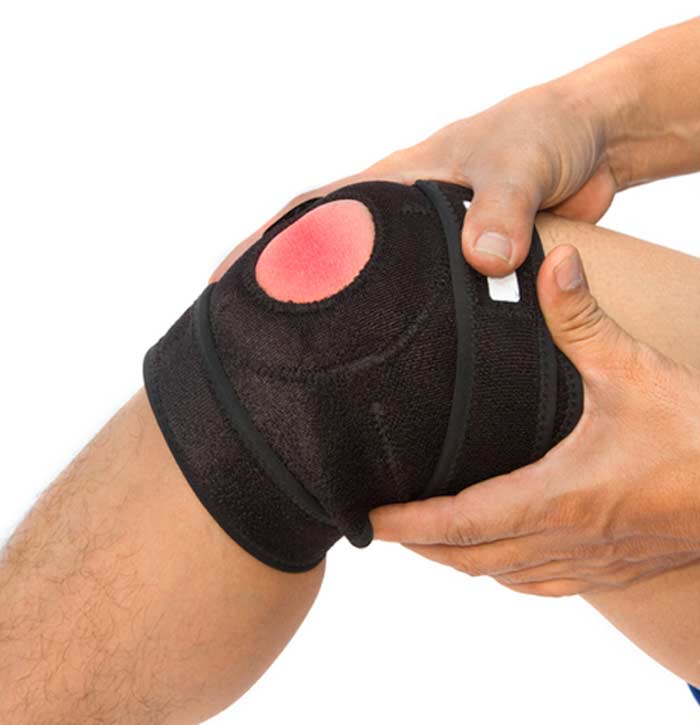
Cryoanalgesia is a method of freezing the affected nerve internally to relieve pain, rather than using an external source of cold.
Using cold for pain relief is nothing new. It has been reported that Hippocrates mentioned carrying snow down the mountains to be applied for pain relief. Of course, the methods of using cold for pain relief have expanded and improved since then.
How is it Done?
First, a doctor will perform a diagnostic procedure with a local anesthetic and an anti-inflammatory medication. The purpose of this is to establish that the cryoanalgesia will work. If the doctor feels that it will work for you, then you can schedule your procedure.
Your skin will be numbed with a local anesthetic. Fluoroscopy may be used to ensure proper placement of the probe. Once the probe is in place, a machine freezes the probe so that a small ball of ice forms on the tip. The probe is removed, and a band-aid placed.


Sedation is not normally required for this procedure. If your doctor does feel that some sort of medication is warranted, conscious sedation can be given through an IV. Conscious sedation means you will be relaxed and not feel pain, but will not be sleeping. The entire procedure should last only about thirty minutes. The pain relief may last approximately two weeks.
What Types of Pain Can be Relieved by Cryoanalgesia?
Cryoanalgesia has worked for a variety of pain issues. Basically, any pain that is caused by a specific peripheral nerve that can be identified as such may be relieved through this procedure. Pain from a mastectomy, laparotomy, rib fracture, TMJ, trigeminal neuralgia and a phantom limb may be relieved through cryoanalgesia. It can be used for both acute and chronic pain issues. Topical cryoanalgesia has also been used to alleviate pain from herpes zoster, joint aspiration and IV access. For example, a cold pack may be placed on your skin before the nurse starts an IV to reduce some of the pain of the needle going in.
When is Cryoanalgesia Contraindicated?
Patients who suffer from bleeding disorders, or who have an infection at the proposed site, should not have cryoanalgesia. Additionally, it is not recommended to perform it on the face or other highly visible locations. Alopecia can occur at the site, so if the injection is set to be in a hairy part of the body, the patient should be informed that they may lose their hair there.
What Are the Risks?
The normal surgical risks of infection and bleeding are present with Cryoanalgesia. If the needle hits a lung or close to a lung, there is a risk of pneumothorax. Frostbite on the skin can occur, especially if the probe is not inserted deeply enough.
Overall, cryoanalgesia has shown promise in being an effective solution to some types of nerve pain while not creating many long-term risks. If you are suffering from a chronic or acute type of pain, speak to your doctor about the possible use of relieving that pain through cryoanalgesia.
